 November 2018
How many people does it take to colonise an exoplanet?
November 2018
How many people does it take to colonise an exoplanet?
... Parker Solar Probe, launched in 2018, will set a new speed record of 200 km/s by taking advantage of the enormous gravitational pull of the Sun. But even this translates to a travel time to Proxima Centauri of over 6,000 years. Such a mission would...
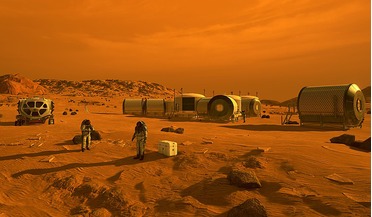 20 September 2021
Best time for a human Mars mission? During a solar maximum, new study says
20 September 2021
Best time for a human Mars mission? During a solar maximum, new study says
... planet? According to simulations run by a team of international scientists, the best time to head to Mars is when the rate of energetic solar particles streaming from the Sun are the highest; I,e at a solar maximum. That might seem counterintuitive...
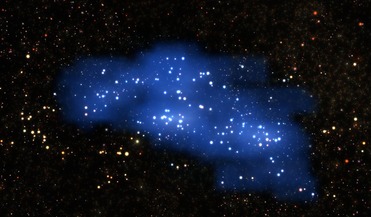 17 October 2018
Cosmic titan found lurking in the early Universe
17 October 2018
Cosmic titan found lurking in the early Universe
...that of the Sun, has been found by astronomers just two billion years after the Big Bang. Its overwhelming size has earned it the nickname Hyperion and it is the largest and most massive structure to be found so early in the formation of the Universe...
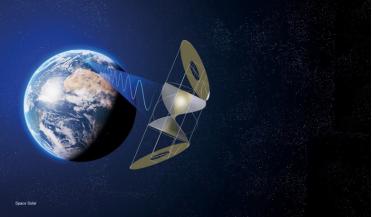 April 2024
Unlocking the NewSpace economy through space-based solar power
April 2024
Unlocking the NewSpace economy through space-based solar power
... and researched various possible solar power satellite (SPS) designs that tackle the rotation conundrum: the solar cells always need to see the Sun and the microwaves always need to point to Earth. Leading designs for gigawatt-scale power...
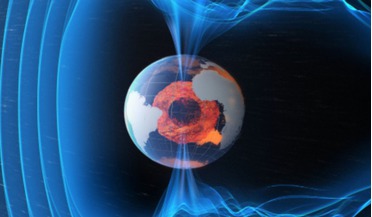 August 2016
Our changing world and the mounting risk of a calamitous solar storm
August 2016
Our changing world and the mounting risk of a calamitous solar storm
...’s magnetic poles serve to shield us from massive blasts of ions that periodically travel from the Sun. These so-called coronal mass ejections travel at millions of kilometres an hour. If one of these CMEs were to hit Earth ...
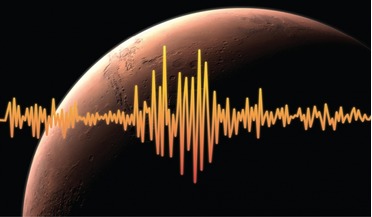 August 2018
Measuring the pulse of Mars
August 2018
Measuring the pulse of Mars
... though as NASA and JPL have scheduled the official end of the MarCO mission shortly after InSight’s landing, after which the two MarCO spacecraft will retire into orbit around the Sun. About the author Dr Kerry Hebden has a PhD...